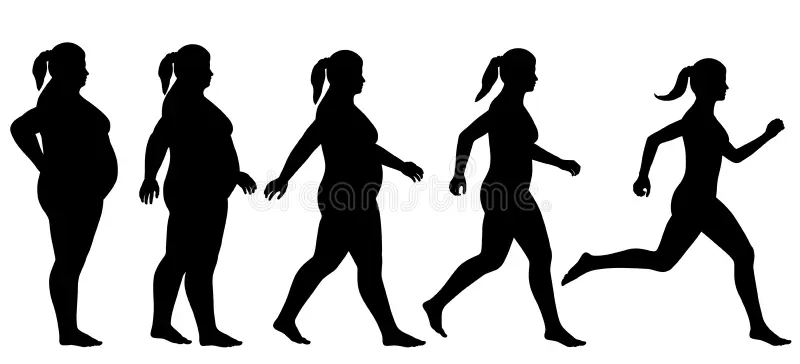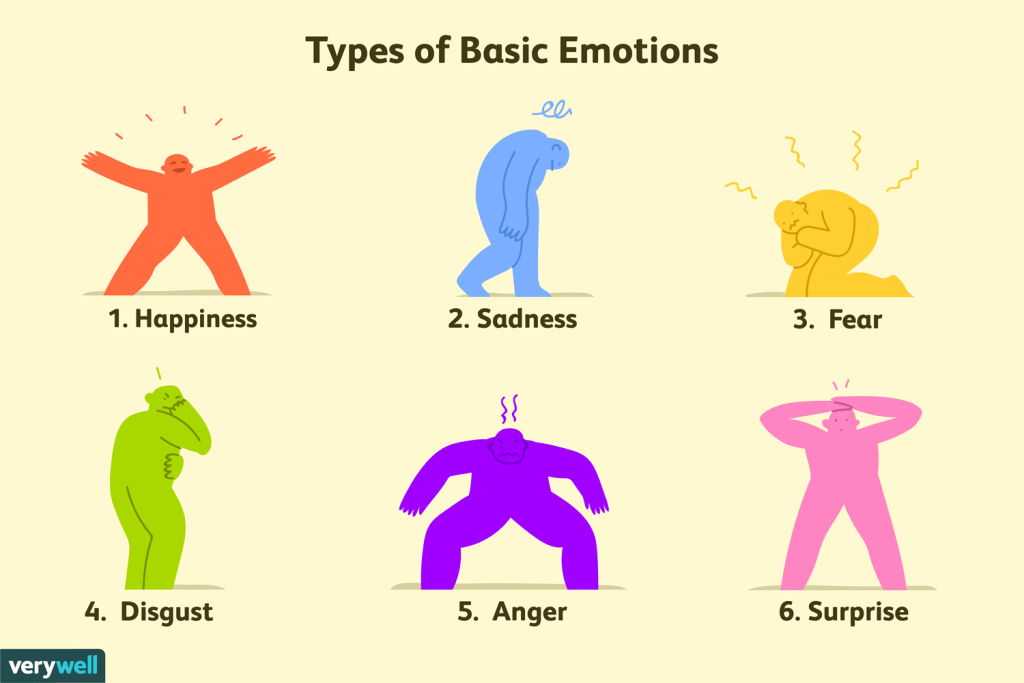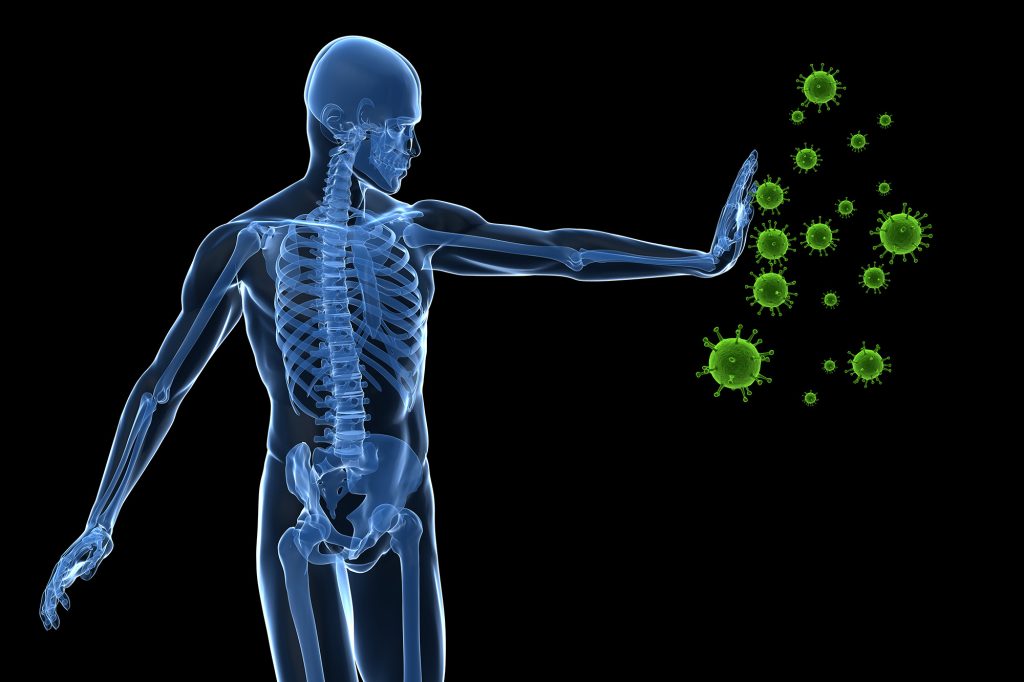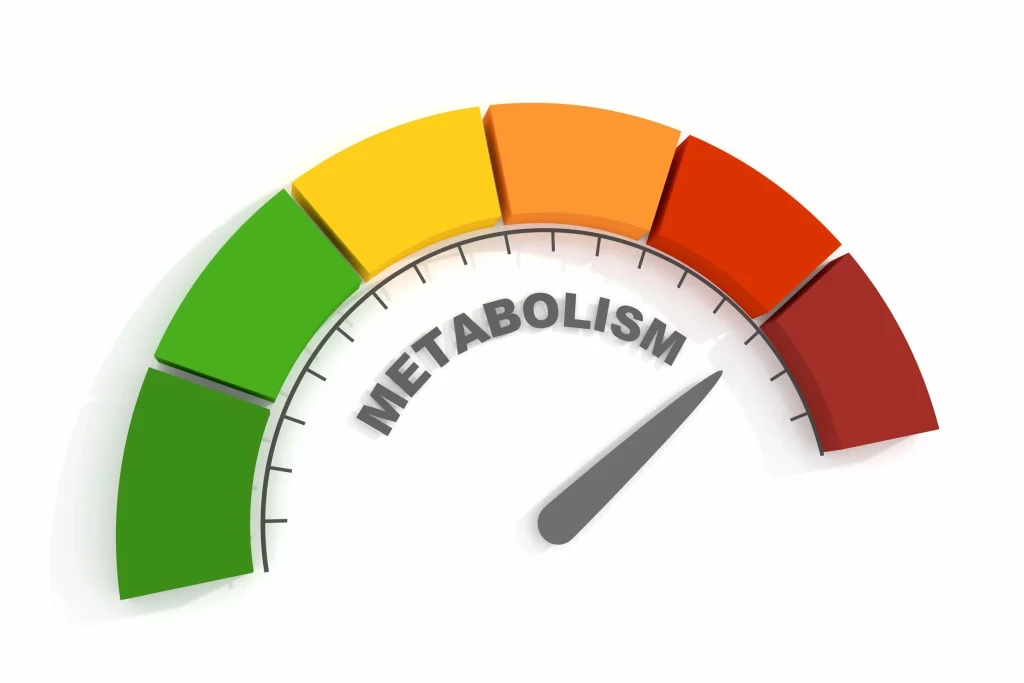
Balancing Structure and Flexibility
Most people fail to sustain weight control because their plan is either too strict or too loose. The 5 days on, 2 days off method provides both discipline and freedom — a rhythm that teaches the body to adapt while allowing the mind to breathe.
At Aruka, we call this an application of Metabolic Waving — cycling your macronutrient ratios and caloric load across the week to improve metabolic flexibility without losing consistency.
The 5–2 Rhythm Explained
The structure is simple:
- Five days “on”: focused adherence to your macro percentages and caloric target.
- Two days “off”: relaxed but intentional flexibility — meals may be higher in calories or contain foods that aren’t part of your weekday structure.
The purpose isn’t to “cheat,” but to restore balance and prevent psychological fatigue. The two “off” days teach you to make logical, moderate decisions rather than oscillating between restriction and excess.
By using Metabolic Waving principles, your carbohydrate ceiling (35–40%) remains constant. The shift between “on” and “off” days typically comes from slight adjustments in fat or total calories, not uncontrolled eating.
Why It Works
- Improves adherence. Most individuals can stay consistent for five days knowing flexibility awaits on the weekend.
- Supports metabolic adaptation. Controlled increases in calories on the “off” days prevent metabolic slowdown and support thyroid and leptin function.
- Reduces mental burnout. Discipline is sustainable when paired with margin. The weekend becomes an intentional recovery, not a collapse.
- Teaches real-world moderation. Instead of eliminating favorite foods, you learn to integrate them intelligently.
Metabolic Waving Within the 5–2 Framework
- Keep carbohydrates as the ceiling (no more than 35–40% of total intake).
- On “off” days, you can slightly increase fats or total calories (usually 10–15% above weekday intake).
- “Off” days can include meals out, social events, or dessert — within reason. The key word is allowance, not abandonment.
- After the weekend, reset back into structured macronutrient balance for five days. This restores rhythm, consistency, and metabolic control.
Tools to Track Progress
To make the 5–2 pattern effective, awareness is crucial. These tools make tracking simple and sustainable:
- Digital Food Scale: ensures portion accuracy and helps visualize true serving sizes.
- Tracking Apps:
- MyFitnessPal – user-friendly for macro and calorie tracking.
- Cronometer – more detailed for micronutrients and performance metrics.
- Weekly Checkpoints: review average calorie and macro intake across the week, not just daily totals.
- Body Feedback Journal: track energy levels, sleep, mood, and hunger — these tell you more about progress than the scale alone.
Sample Weekly Flow
| Day | Focus | Macronutrient Goal | Notes |
| Monday | ON | 35% Protein / 35% Carbs / 30% Fat | Set rhythm and hydration goals |
| Tuesday | ON | 35% Protein / 35% Carbs / 30% Fat | Strength or high-output day |
| Wednesday | ON | 35% Protein / 30% Carbs / 35% Fat | Recovery-focused |
| Thursday | ON | 35% Protein / 35% Carbs / 30% Fat | Movement + cardio |
| Friday | ON | 35% Protein / 35% Carbs / 30% Fat | Final structure day |
| Saturday | OFF | Flexible | Enjoy meals, maintain awareness |
| Sunday | OFF | Flexible | Light recovery + prep for reset |
Final Thought
The 5–2 Metabolic Waving Pattern gives you freedom within structure — the balance between commitment and enjoyment.
It’s not a diet; it’s a rhythm — one that aligns with real life while keeping your metabolism responsive and your mindset sustainable.
Stay disciplined five days. Enjoy responsibly two. Reset with purpose.
That’s the Aruka way of living, not just dieting.








